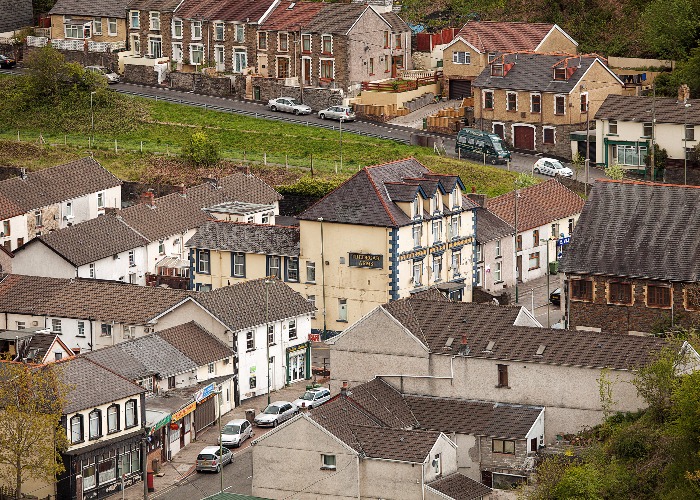Welfare and work: report reveals cities with lowest wages and highest benefits

Northern towns dominate list of cities with low wages and high benefit levels. What can the Government do?
Chancellor George Osborne said in the Summer Budget that he wanted to see us move towards a 'higher wage, lower tax economy' in Britain. But a new report suggests there is still a long way to go on that front, with only a quarter of cities meeting that description.
The study from the Centre for Cities thinktank revealed that, while 14 cities can claim to have hit that goal already, more than half of Britain’s cities have lower wages and higher welfare levels than the national average.
What’s more, welfare spending in high-wage cities has grown at a much faster rate since 2010, which the report argues is a result of rising housing benefit payments.
The north/south divide
The Cities Outlook report is now in its ninth year, and looks at the 63 largest cities and towns in Britain. And the latest report found that there is a clear north/south divide, with 11 of the 14 ‘high wage, low welfare’ cities found in the south.
Meanwhile, it’s northern towns and cities which tend to suffer from a low wage, high welfare local economy as the map below demonstrates.
Wages
The report makes for particularly eye-opening reading when you look at how wages vary across the country. Workers in just 17 of 63 cities earned wages of more than the UK average of £545 a week last year.
What's more 20 cities saw wages drop last year, with Stoke seeing the worst performance with a drop of a massive £56 week.
Rising welfare payments
The report notes that while high wage, low welfare cities have seen the strongest growth in jobs in recent years, they have also seen welfare payouts jump. For example, the welfare bill in Milton Keynes has increased by almost 45%, followed by Peterborough, Slough and Swindon.
In contrast, it’s cities like Aberdeen, Dundee and Glasgow which have seen the smallest increases.
The Centre for Cities pinpoints two principal reasons for this. Firstly, those cities with high wages experienced larger increases in housing benefit spend.
On top of that, they also saw much larger population growth, and with that comes increased benefits spending on things like maternity pay and Child Benefit. As the report puts it, part of the increase in welfare in these cities is down to their economic strength: “Growing demand to live in these cities in order to access jobs has tended to outstrip increases in the supply of housing, pushing up rents, and in turn, spending on housing benefits.”
What does the Government need to do?
If the Government is to move the nation towards more of a higher wage, low welfare economy, then it faces two separate challenges.
At the top end it needs to limit further welfare spending increases in those towns where wages are stronger than average. Simply put, it needs to build more houses.
But in those cities with low wages and high welfare bills, it faces a very different task. As the report states: “Welfare cuts alone will neither help improve wages in these cities nor reduce their requirement for welfare.”
Instead the Government needs to do more to boost those local economies, particularly improving the skill levels of the local workforce. The report also suggests that devolution of spending to local government would help – currently spending on employment and skills programmes and spending on benefits are not connected, which is hindering people from getting back into work.
Earn up to 5% on your cash! Compare high-interest current accounts
Boost your bank account!
Pay the REAL price of your gas and electricity
Comments
Be the first to comment
Do you want to comment on this article? You need to be signed in for this feature